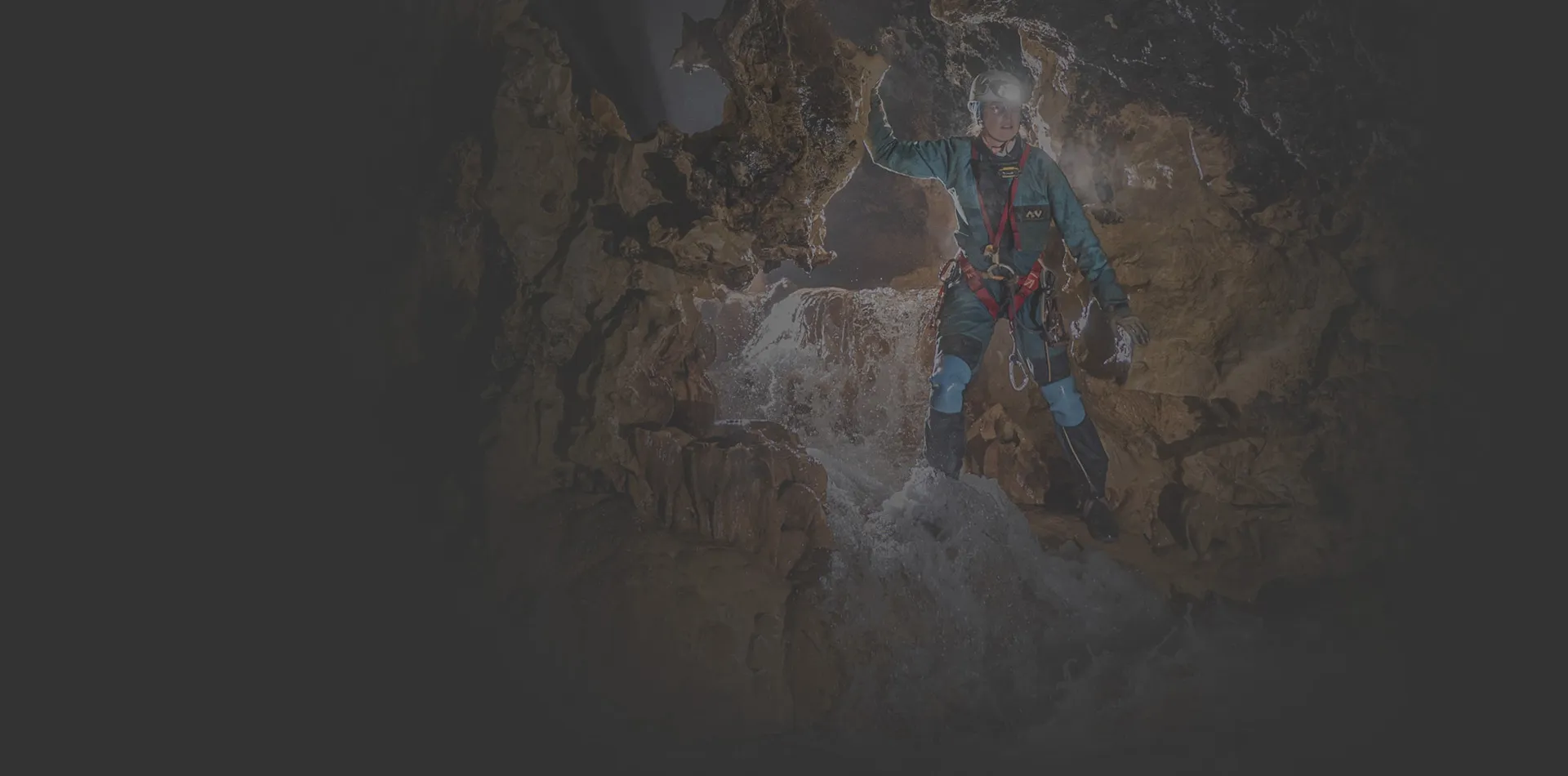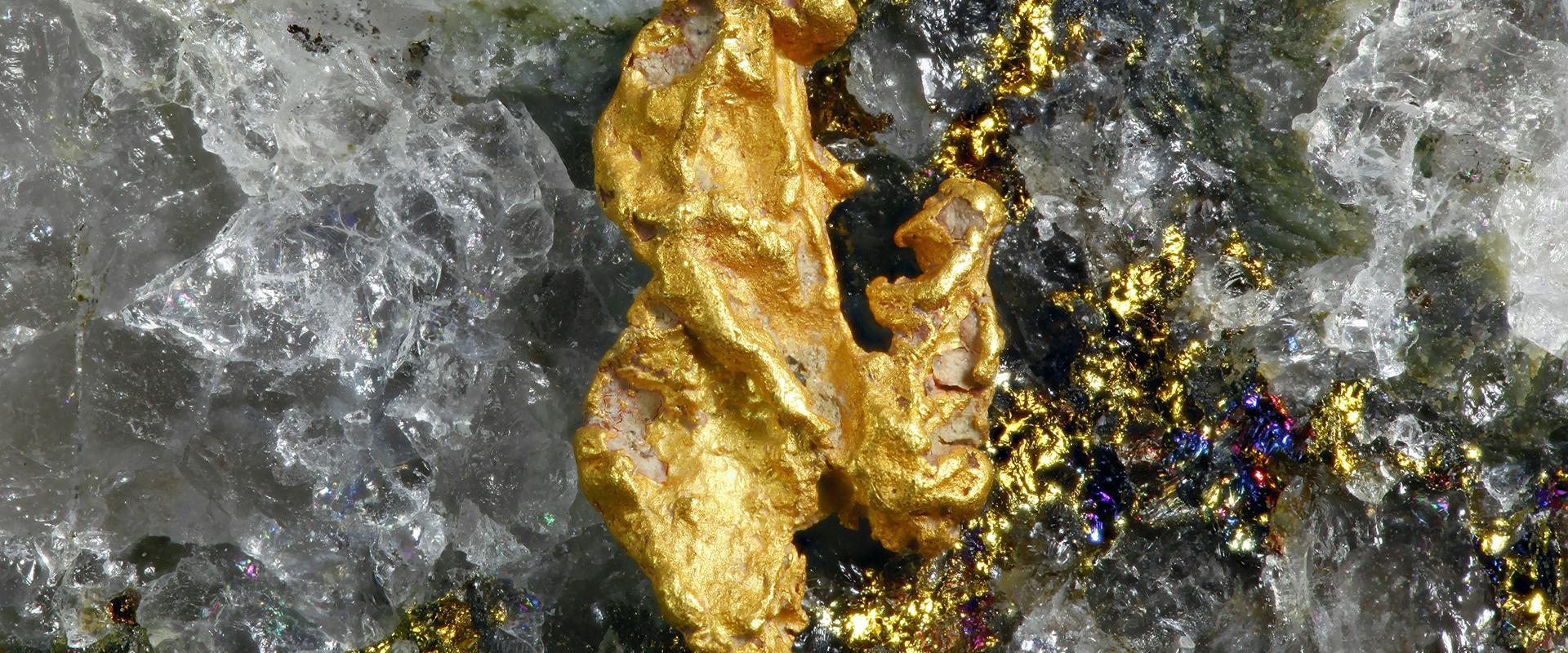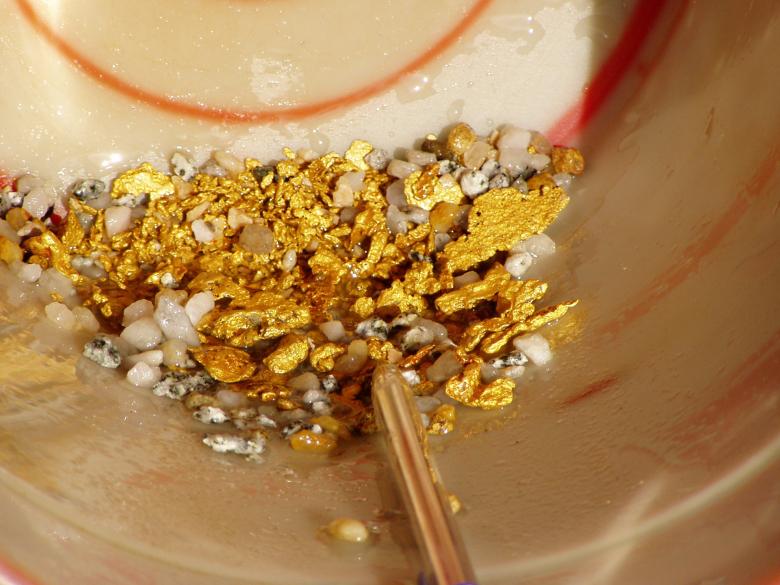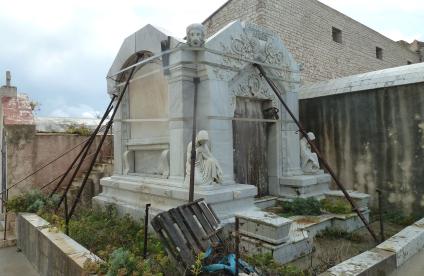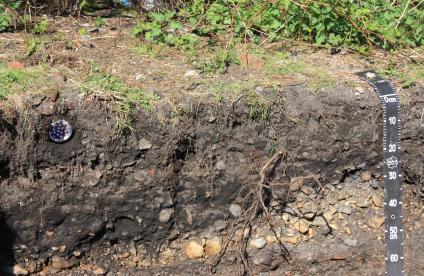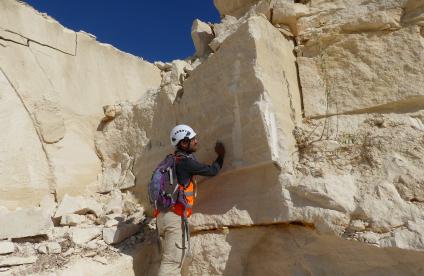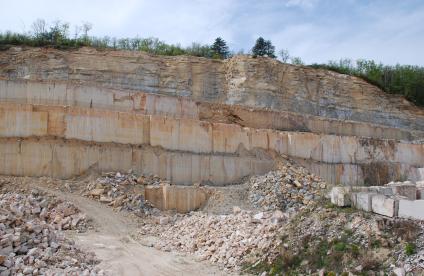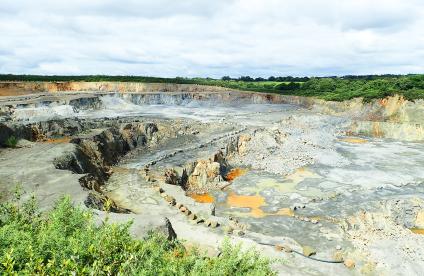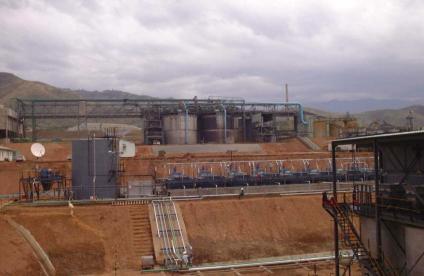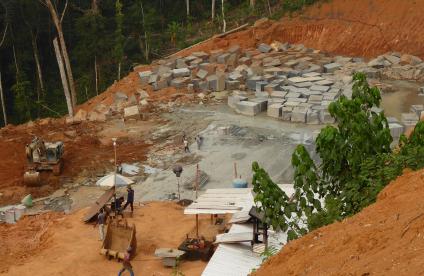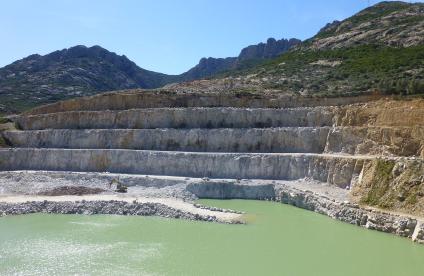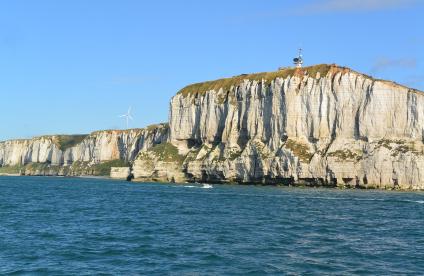Your issues and needs
Traceability is defined as the ability to identify a product's source and trace or reconstruct its path, from the initial raw material through to the distributed manufactured product. It is central to several major environmental, economic and societal issues: illegal mining, unethical working conditions (child labour), conflict metals and minerals, counterfeiting, effective sustainability of materials, etc.
For most industry sectors (pharmaceuticals, cosmetics, construction, energy, transport, etc.), traceability is an essential part of the assessment to guarantee the quality and conformity of their products. It enables anomalies to be detected (faulty or counterfeit components, mineral pollution, chemical contaminants, etc.) and preventive and corrective measures to be taken throughout the production and distribution chain.
In addition to the normal documentation (batch marking, transport slips, etc.) used for tracking a product, "metrological" traceability relies on state-of-the-art tools and techniques (chemistry, mineralogy, isotopy, etc.) and reference analytical databases.
Our added value
The innovative methodology deployed at BRGM to determine the nature and origin of a given mineral material is based on:
- collecting representative samples of the product (intermediate or finished), industrial stock or deposit;
- determining intrinsic characteristics (morphology and texture, chemical composition in major and trace elements, mineralogy, isotopic signature, etc.);
- comparing results and observations with standard materials or existing databases;
- searching for and identifying discriminating parameters ("markers") used to draw conclusions about the source of the initial sample;
- developing specific databases from reference samples.
This methodology is incorporated into a company's industrial and commercial strategy in order to best meet its challenges and needs.
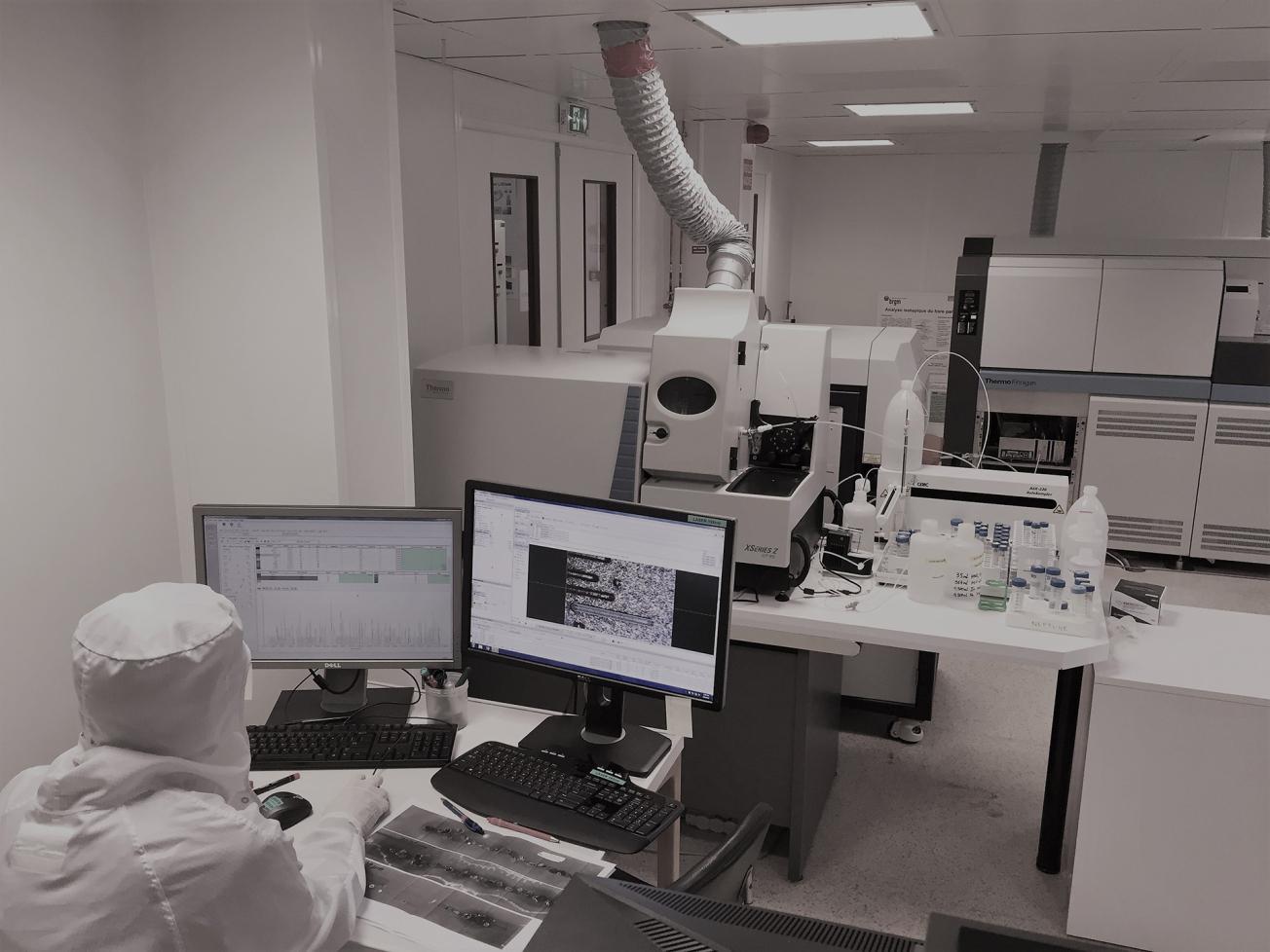
Elementary measurements by laser ablation ICP-MS and isotopic analysis using the NEPTUNE MC-ICPMS - BRGM laboratories in Orléans.
© BRGM
Analytical tools and platforms
- CARAMIN: Mineralogical and crystallographic characterisation
- CARAPHY: Mineral, physico-chemical and textural characterisation
- IN'ORGA: organic and inorganic chemical analyses (COFRAC accreditation)
- GEO-ISO: isotope analyses
- PLAT'INN: experimental hall for mineral processing
Some references
Identification of failures / non-conformities:
- Identifying the supplier of a defective batch of metal parts for the automotive industry
- Determining the nature and source of particulate contamination in a powder
- Characterising the nature and origin of deposits in pipes in a geothermal plant
Verification of origin/counterfeits:
- Determining the origin and production methods of gold in French Guiana in order to combat illegal gold mining
- Performing chemical, mineral and isotopic characterisation of geosynthetic clay liners (GCLs) to determine their origin
- Creating a reference isotopic database of historical European alabaster deposits, applied to identifying restored works of art and "fakes" for the Louvre museum
Quality control:
- Chemical analyses of glass and rock wool as part of European certification
- Mineral and textural characterisation of industrial minerals used in the cosmetics and pharmaceutical industries
- Determining the particle size (nanoparticles) and crystallographic characteristics of silica
Document management tools:
Developing an application dedicated to off-site reuse of excavated earth and guaranteeing its traceability (TERRASS)
To find out more
References
Solutions

